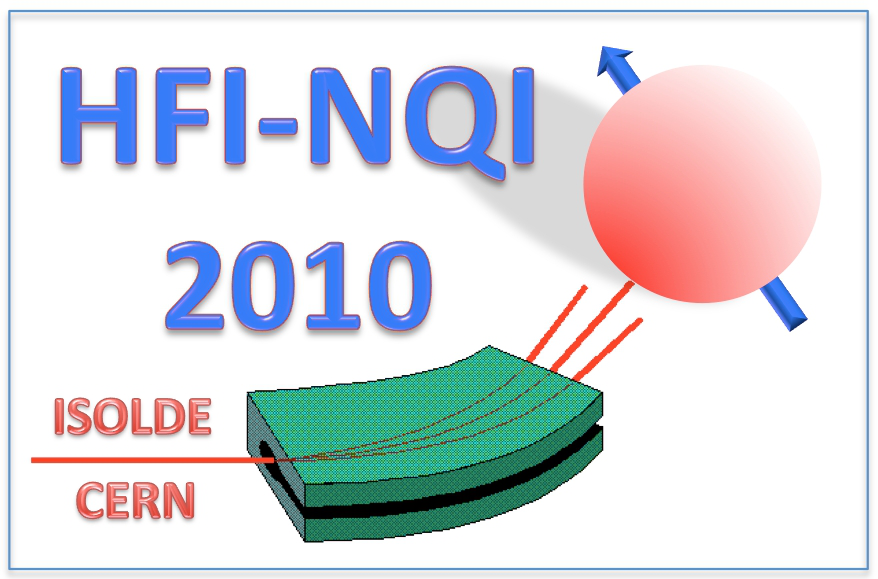Speaker
Description
Summary
We report a computational procedure developed to explore and, hopefully, to distinguish various complex diffusion mechanisms in materials through analysis of hyperfine spectra. We have given initial attention to intermetallic compounds, which are of special interest because complex diffusion mechanisms, whereby diffusing species change sublattices or multiple defect species cooperate in diffusion, can be important diffusion processes.
When a hyperfine probe serves as a tracer in the diffusion process, it is subjected to hyperfine interactions induced by evolving arrangements of defects as they move in the diffusion process. It is not practicable to enumerate all possible arrangements of defects near probes, but it is sufficient to construct a model by considering only those arrangements that are most probable and that create the largest perturbations of the hyperfine field. Such a model contains each Hamiltonian of the defect configurations under consideration and all rates of transition among the configurations. Even when limiting consideration of contributions to electric field gradients (EFGs) caused by defects in the first-neighbor shell of a probe, the number of distinct Hamiltonians can be cumbersomely large.
In this work, we describe a method developed to determine all Hamiltonians of a model and the jump rates among them. In the first step, all possible configurations of defects within a specified range of the hyperfine probe are determined, subject to constraints on which types of defects are allowed, on numbers of defects, and on possible defect jump paths. In the second step, a list is made of unique EFGs arising from the allowed defect configurations within a cutoff distance from the probe, and the connectivity from one EFG to another is determined. In the third step, the rates of transition among EFG states are expressed in terms of defect concentrations and defect jump rates. Finally, a stochastic model is used to calculate PAC spectra for fluctuations among the possible configurations.
Using this method, stochastic models for complex diffusion mechanisms in L12-structured compounds were developed. Under the approximation that only defects in the near neighbor shell of the PAC probe will have a significant influence on the EFG, the model for the divacancy mechanism has 45 unique EFGs and the model for the 6-jump mechanism has 588 unique EFGs.
This work is funded in part by NSF grant DMR 06-06006 (Metals Program) and computational resources were provided in part by KY EPSCoR grant RSF 012-03.
| Are you a student, a delegate from developing countries or a participant with physical needs and would like to apply for a sponsored accomodation. Please answer with yes or no. | no |
|---|---|
| Please specify whether you would prefer an oral or poster contribution. | oral |
